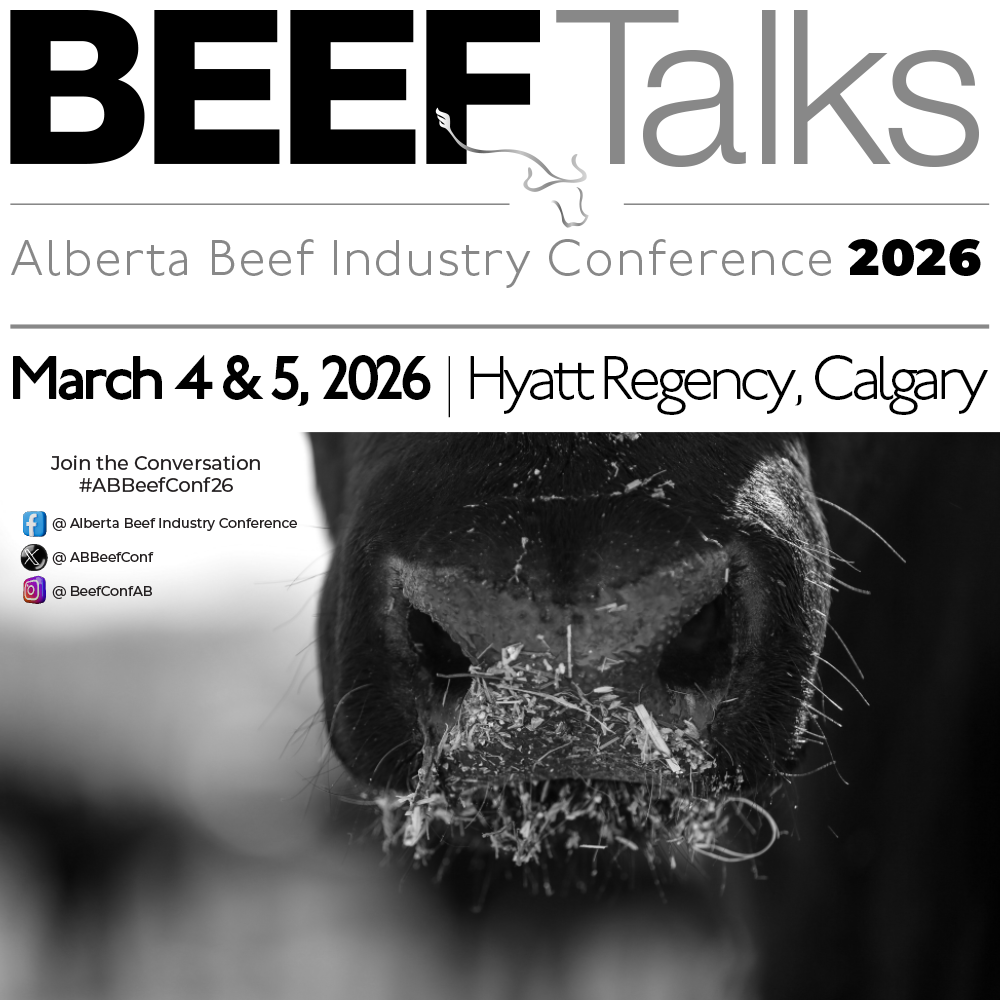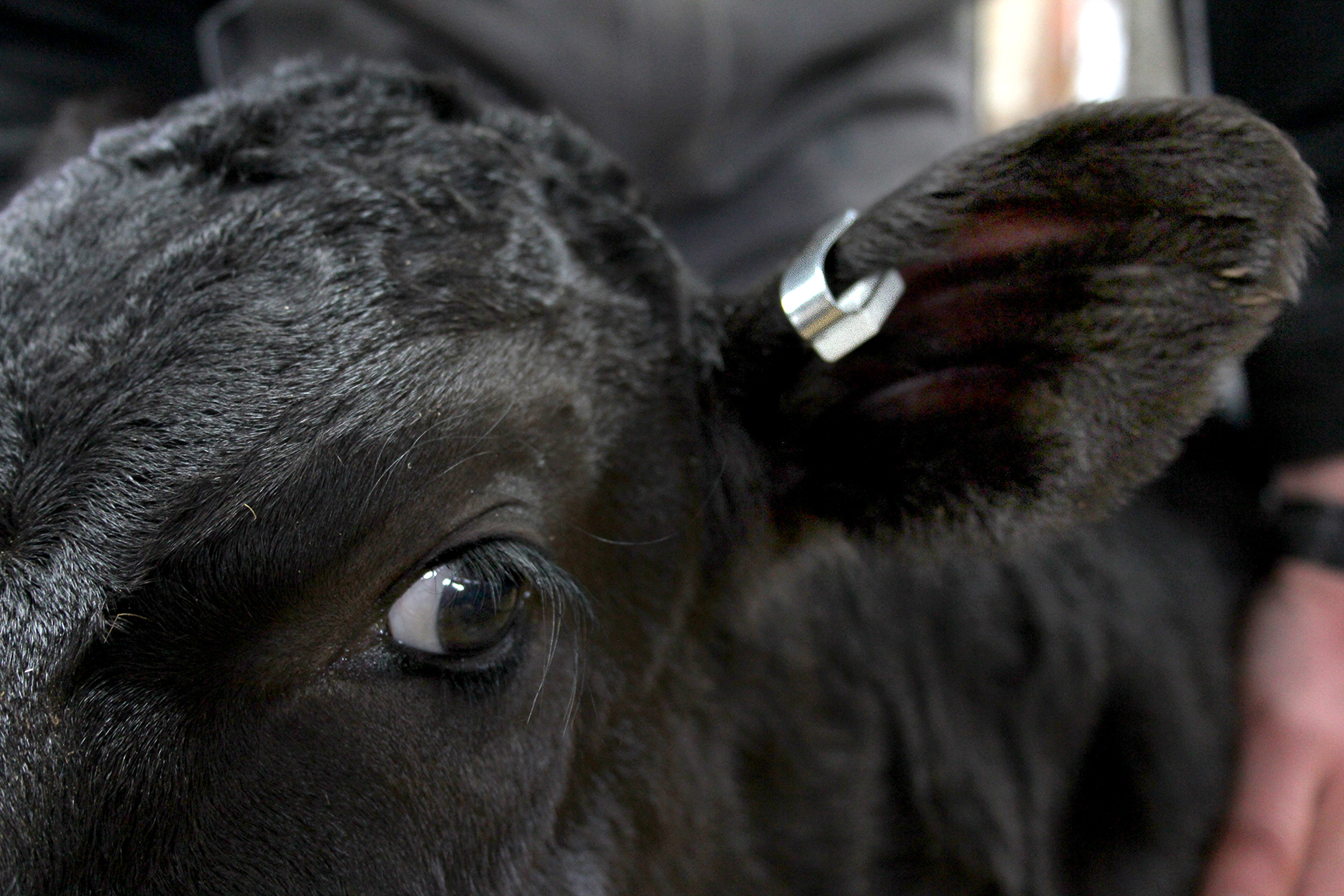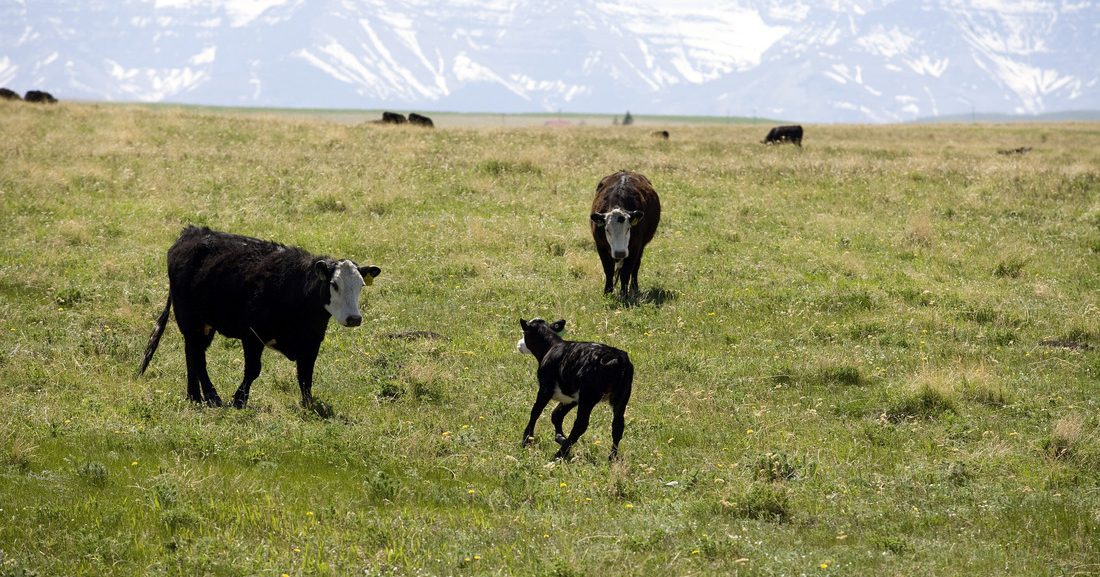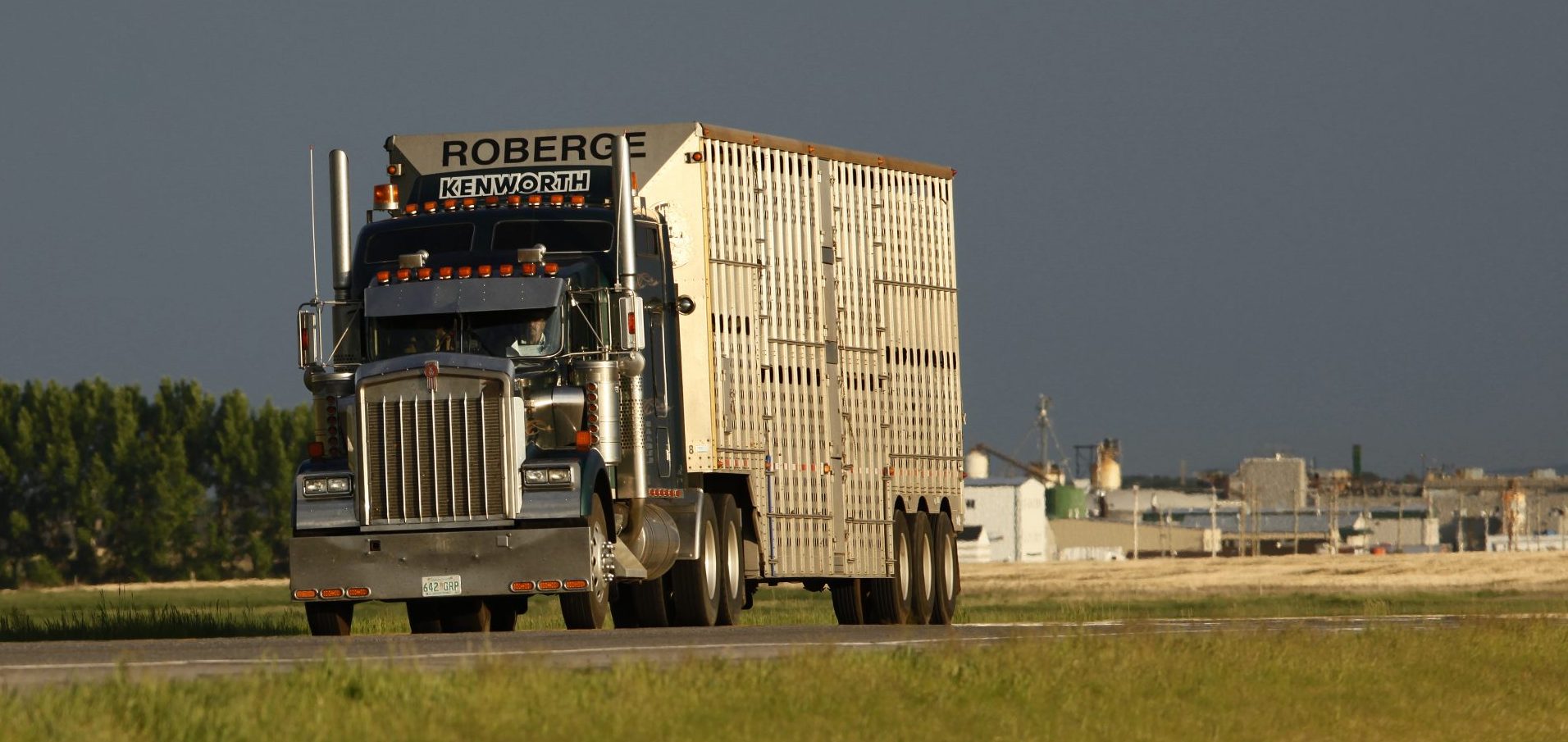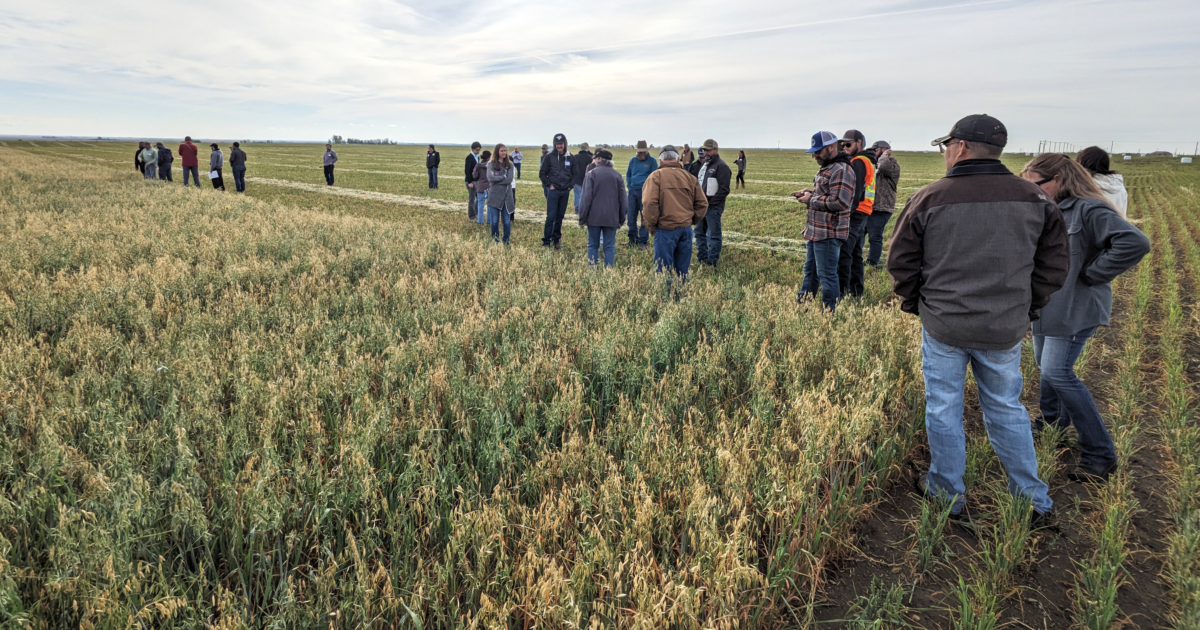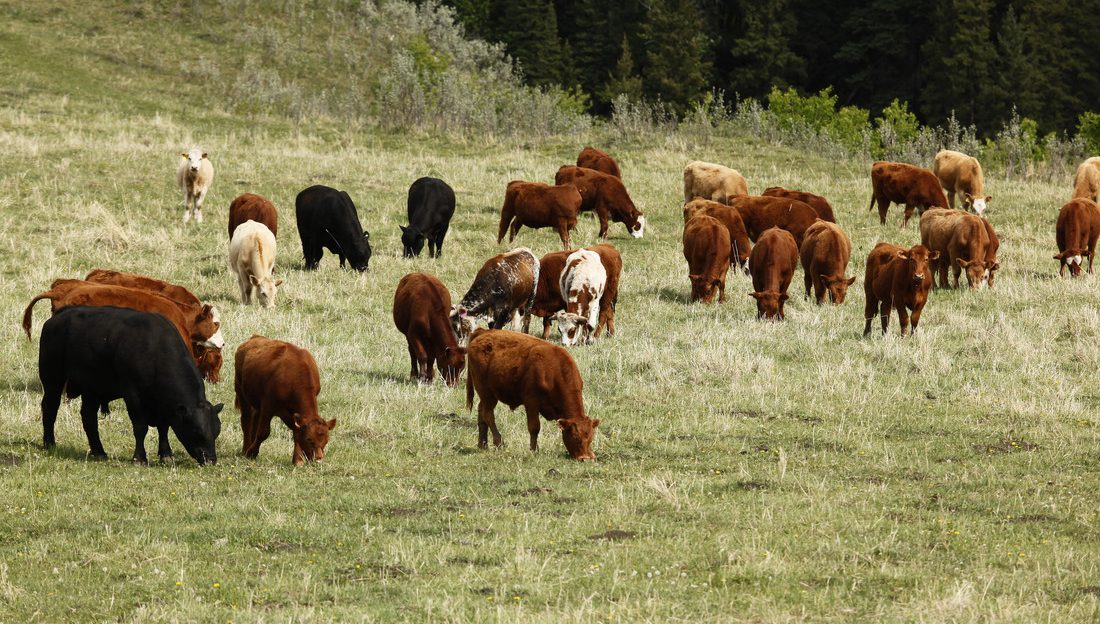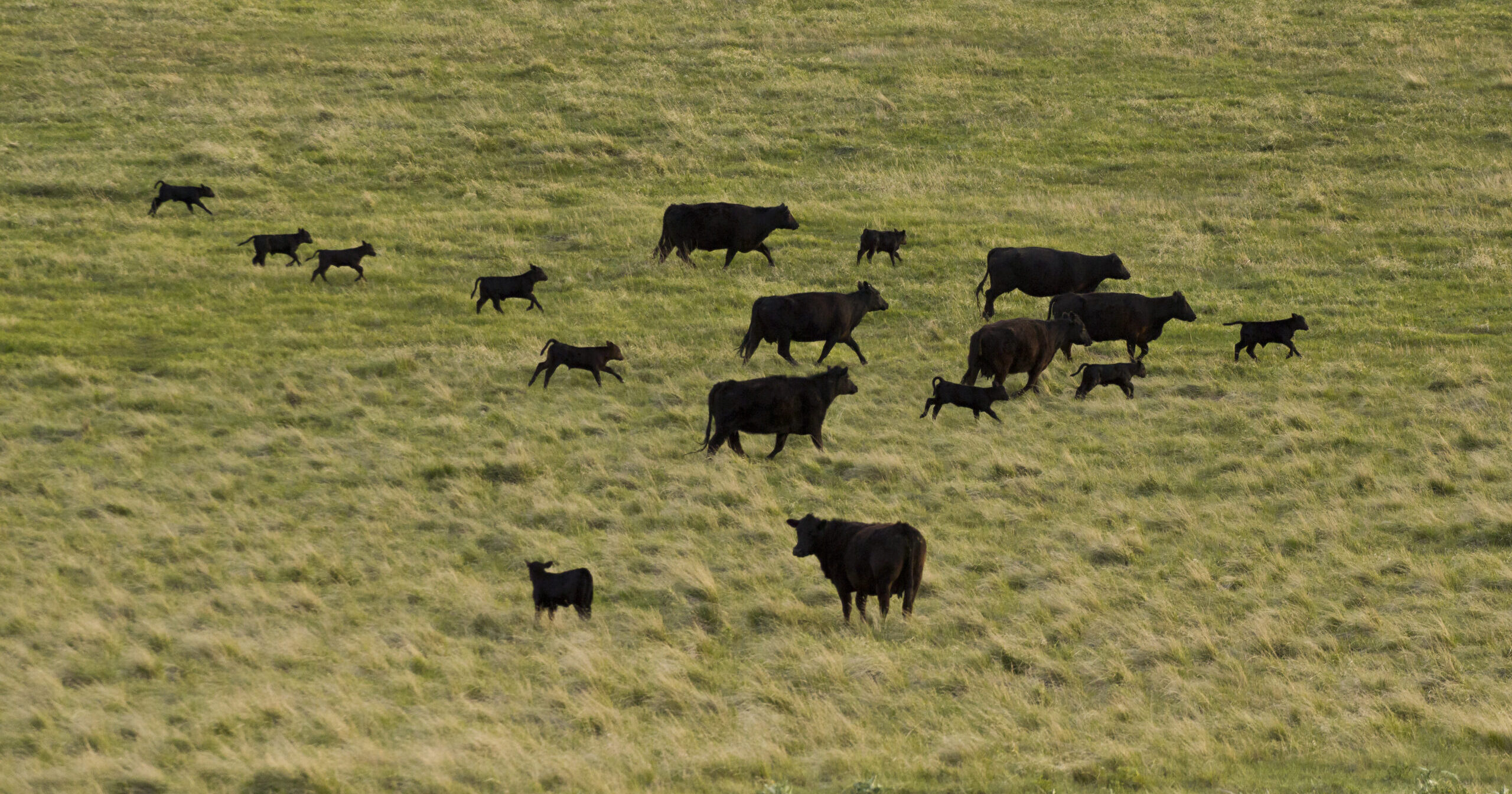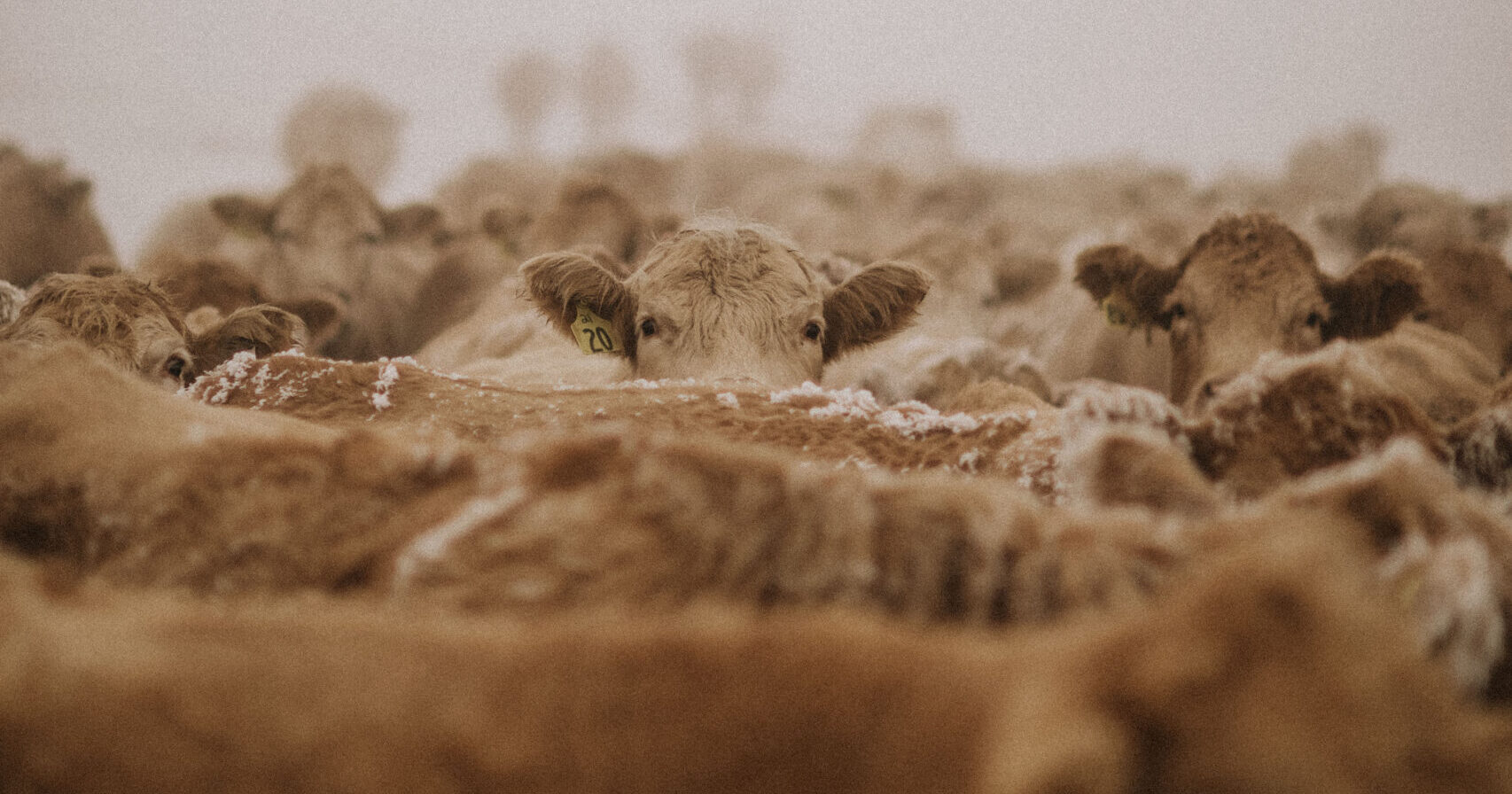AB Direct - Steers
Rail: 492.00-493.50 FOB feedlot (last week)
AB Direct - Heifers
Rail: 492.00-493.50 FOB feedlot (last week)
US Trade- Steers
Rail: 355.00-363.00 (IA, NE) last week
US Trade - Heifers
Rail: 355.00-363.00 (IA, NE) last week
Canadian Dollar
0.19
Ear tag retention comes down to best management practices
Lost ear tags are a costly and frustrating reality on Canadian cattle ranches. Yet, tags play an integral role in in disease outbreak investigations, as well as in maintaining the credibility of Canada’s traceability system. The Canadian Cattle Identification Agency (CCIA) both examines and investigates reports of retention issues on an ongoing basis. Most of…
Need to talk? Here are some resources from across Canada
If you or someone you know is in immediate danger: If you or someone you know is thinking of suicide: If you need support, but don’t know where to go: 211 Alberta / 211 Canada Counselling Alberta More Mental Health Resources 9-8-8 Suicide Crisis Helpline Alberta Addiction Health Line Alberta’s One Line for Sexual Violence…
Cow-Calf Producers: Help guide check-off dollars
Have you heard of Beef Cattle Research Council’s (BCRC) Calf 911 resources? The resources include videos and pdf guides on everything from tube feeding newborn calves to understanding proper colostrum management. And they were inspired thanks to producer responses to the once-every-five-years Canadian Cow-Calf Survey. Collecting credible information directly from producers helps the industry Cow-Calf Producers, Your Perspective…
Alberta SPCA to take over answering ALERT Line
The Alberta SPCA, in collaboration with the former Alberta Farm Animal Care (AFAC) Board of Directors is pleased to announce plans for the future of the AFAC ALERT Line. With the dissolution of AFAC underway, effective March 21, 2024 calls to the ALERT Line will be answered by the Alberta SPCA. “We are pleased to…
Public Notice – AFAC Closure
Alberta Farm Animal Care Association (AFAC) was started in 1993 by Alberta livestock producers. Throughout the past 30 years, AFAC has developed into the collective voice of the livestock industry on matters of livestock welfare and provided an opportunity for the industry to work together to advance and promote responsible livestock care. AFAC’s vision was…
Water well monitoring conditions for your CFO
Do you have water well monitoring conditions attached to your confined feeding operation (CFO) permit? The Natural Resources Conservation Board (NRCB) has just published a new fact sheet outlining sampling methods and best practices for collecting water samples. You can find it here on the NRCB website: Sampling for Water Well Monitoring Fact Sheet. For…
Reminders for humane transport
Every day, thousands of cattle travel by trailer. Most of these animals are fit for the journey and experience no negative outcomes. However, there are instances where we must ask, “is this animal fit to load and be transported?” Updates to the Health of Animals Regulations Part XII, Humane Transport took effect in 2020. Now,…
Utrecht calving technique uses natural positioning for smooth delivery, says veterinarian
“Whenever I’m speaking about dystocia, I always begin by mentioning the numbers 15 and 3,” says Mark Hilton, DVM and Midwest Beef Cattle Consultant. “If we have to assist more than 15 percent of our heifers and 3 percent of our mature cows, we have a problem needing attention, and it’s most likely our genetics.”…
An update on Alberta AgriSystems Living Lab
We couldn’t be happier about the response to this program to date. A huge thank you to our producer participants, our partners and supporters, the AALL contract staff, Canfax Research Services, Nu Nenne Advisian Environmental, and our research leads and their teams from Agriculture and Agri-Food Canada and the University of Alberta for getting us…
Lidocaine-infused castration bands
New castration bands containing slow-release local anesthetic provide pain relief for cattle during castration. Large animal veterinarians in Alberta will soon be providing producers with anesthetic-infused castrationbands made in Canada. While producers currently inject pain relief or give it topically, a new process, developed by Solvet and Alberta Veterinary Laboratories (AVL), impregnates existing latex elastration…
2023 Annual Report: Public and Stakeholder Engagement
The Public and Stakeholder Engagement (PSE) program, jointly delivered by the Canadian Cattle Association (CCA) and Canada Beef, delivers national public trust issue management and proactive content on the societal benefits of raising beef cattle in Canada. Issues Management Together with the BCRC, the PSE team partnered with Dr. Philip Griebel from the Vaccine and…
What does ABP do?
The mission of this organization is to strengthen the sustainability and competitiveness of the beef industry for the benefit of beef producers in Alberta. This is achieved through the ongoing work and advocacy executed through our five pillars: Government and Policy – Advises on industry policies and government advocacy. Production and Extension – Provides policy…


